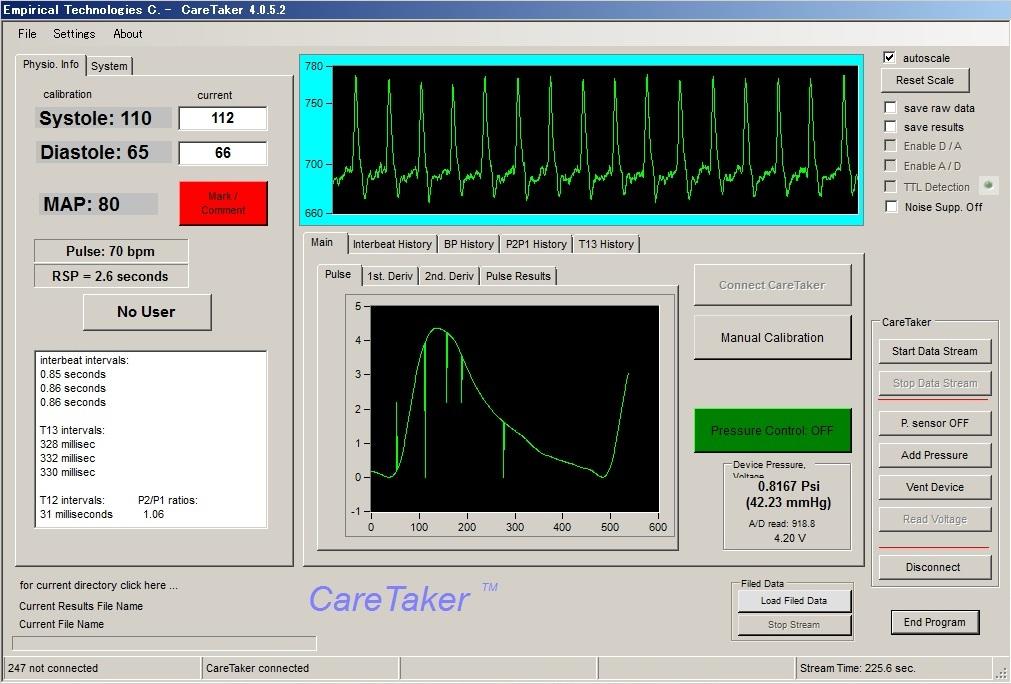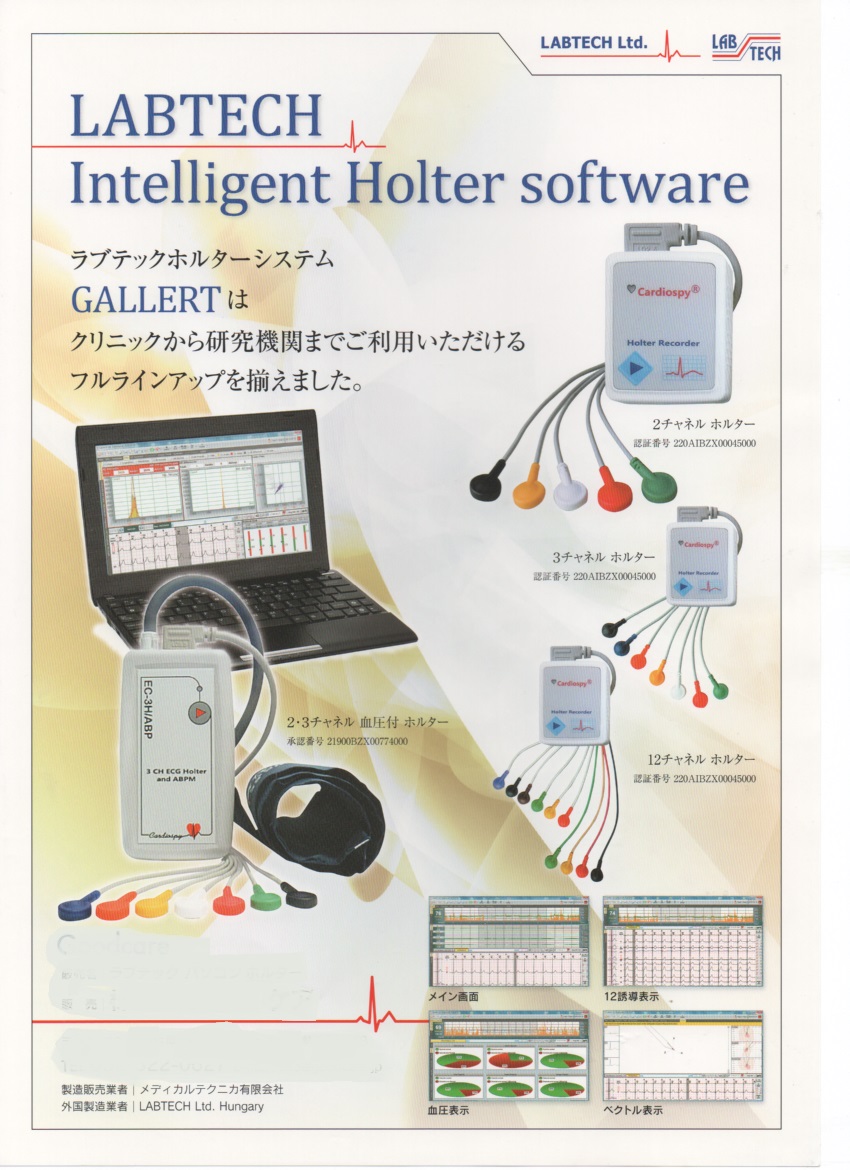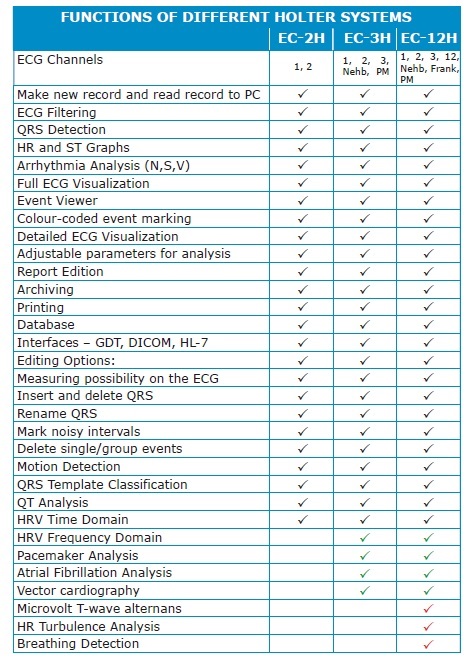|
httpswww.ncbi.nlm.nih.govpmcarticlesPMC5361833
BMC Anesthesiol. 2017; 17: 48.
Published online 2017 Mar 21. doi:
10.1186/s12871-017-0337-z
Continuous Non-invasive finger cuff CareTaker® comparable to invasive intra-arterial
pressure in patients undergoing major intra-abdominal surgeryIrwin Gratz,1
Edward Deal,1 Francis Spitz,1 Martin Baruch,2 I. Elaine Allen,3 Julia E.
Seaman,4 Erin Pukenas,1 and Smith Jean1
Author information Article notes Copyright
and License information Disclaimer
This article has been cited by other
articles in PMC.
Associated Data
Data Availability Statement
The datasets generated during and analysed
for the current study are available from the corresponding author on reasonable
request.
Abstract
Background
Despite increased interest in non-invasive arterial pressure monitoring,
the majority of commercially available technologies have failed to satisfy
the limits established for the validation of automatic arterial pressure
monitoring by the Association for the Advancement of Medical Instrumentation
(AAMI). According to the ANSI/AAMI/ISO 81060–2:2013 standards, the group-average
accuracy and precision are defined as acceptable if bias is not greater
than 5 mmHg and standard deviation is not greater than 8 mmHg. In this
study, these standards are used to evaluate the CareTaker® (CT) device,
a device measuring continuous non-invasive blood pressure via a pulse contour
algorithm called Pulse Decomposition Analysis.Methods
A convenience sample of 24 patients
scheduled for major abdominal surgery were consented to participate in this IRB
approved pilot study. Each patient was monitored with a radial arterial
catheter and CT using a finger cuff applied to the contralateral thumb.
Hemodynamic variables were measured and analyzed from both devices for the
first thirty minutes of the surgical procedure including the induction of
anesthesia. The mean arterial pressure (MAP), systolic and diastolic blood
pressures continuously collected from the arterial catheter and CT were
compared. Pearson correlation coefficients were calculated between arterial
catheter and CT blood pressure measurements, a Bland-Altman analysis, and polar
and 4Q plots were created.
Results
The correlation of systolic, diastolic, and
mean arterial pressures were 0.92, 0.86, 0.91, respectively (p < 0.0001 for
all the comparisons). The Bland-Altman comparison yielded a bias (as measured
by overall mean difference) of −0.57, −2.52, 1.01 mmHg for systolic, diastolic,
and mean arterial pressures, respectively with a standard deviation of 7.34, 6.47, 5.33 mmHg for systolic, diastolic, and mean arterial
pressures, respectively (p < 0.001 for
all comparisons). The polar plot indicates little bias between the two methods
(90%/95% CI at 31.5°/52°, respectively, overall bias = 1.5°) with only a small percentage of points outside these lines. The 4Q plot indicates good
concordance and no bias between the methods.Conclusions
In this study, blood pressure measured
using the non-invasive CT device was shown to correlate well with the arterial
catheter measurements. Larger studies are needed to confirm these results in
more varied settings. Most patients exhibited very good agreement between
methods. Results were well within the limits established for the validation of
automatic arterial pressure monitoring by the AAMI.
|























